
By Seade CAESAR
The Gulf Cooperation Council (GCC); Qatar, Saudi Arabia, the United Arab Emirates (UAE), Oman, Bahrain, and Kuwait are repositioning itself from an oil-centric region into a global hub for technology, renewable energy, capital formation, and strategic infrastructure.
With a combined nominal GDP measured in the low trillions of dollars, a rapidly growing population of 61.2 million by end 2024, and bold national visions; Vision 2030, UAE Centennial & AI 2031, Qatar National Vision, etc., the GCC is arguably entering a period of renewed global relevance: a new Renaissance shaped by investment, digital transformation, and an ecological as well as social reorientation. Key indicators; GDP size, robust non-oil growth, venture capital momentum, and ambitious renewable targets.
From hydrocarbons to hybrid economies: the macroeconomic picture
The GCC’s economic narrative in the 2020s is one of managed transition. While hydrocarbons remain strategically important revenues, fiscal buffers, global energy market role, non-oil sectors; finance, construction, tourism, logistics, manufacturing, and digital services are capturing a much larger share of activity. Across the bloc, real GDP growth is projected to strengthen in the medium term as non-oil expansion offsets oil-sector fluctuations; multilateral forecasts show GDP growth accelerating into the mid-2020s as diversification policies take hold.
By aggregated nominal measures, the GCC’s combined GDP is measured in the low-to-mid trillions of U.S. dollars where recent datasets put the bloc’s total nominal GDP above $3 trillion. At the country level, IMF WEO tables (2025 vintage) show Saudi Arabia and the UAE as the region’s largest economies; Saudi ~ $1.08 trillion nominal; UAE ~ $548.6 billion, with Qatar, Kuwait, Oman and Bahrain making up the remainder. These figures underline the scale of capital and market that national plans can mobilize for structural transformation.
Financial scale (multi-trillion GDP) plus sovereign balance sheets enable long-horizon investments in technology, infrastructure and green energy that typical emerging economies cannot match with accelerating structural change.
Demographics and human capital: population growth, urbanization, and skills
GCC population dynamics are distinctive: rapid urbanization, sizeable expatriate communities, and a young working-age cohort in several member states. Official GCC-Stat reporting placed the total population at 61.2 million at end-2024, reflecting steady in-migration and demographic growth. That population, concentrated in metropolitan corridors (Riyadh, Dubai/Abu Dhabi, Doha, Kuwait City, Manama, Muscat), is the demand base for large-scale digital services, consumer markets, and talent pools for tech ecosystems.
Governments are investing heavily in higher education, vocational training, and nationalization programs such as Saudization, Emiratization, etc. to shift labour market structures and increase domestic participation in higher-value economic activity.
Technology, AI and startup ecosystems: accelerating innovation
The GCC has doubled down on technology as a cornerstone of future competitiveness. National AI strategies notably the UAE’s AI Strategy 2031 and large national programs are designed to integrate AI into government services, health, education, and industry. The UAE’s formal national AI program is explicit about using AI to lift economic productivity and government efficiency.
Venture capital and startup activity are also rising. PwC and regional VC trackers report that the GCC’s VC ecosystem grew rapidly between 2020-2024 and that the number of early-stage deals hit record levels in 2024 despite global risk-off sentiment reflecting a maturation of local ecosystems and improved deal flow. Estimates show GCC VC deployment reaching in the low billions (PwC reporting ~$1.7bn in deployed capital over a recent multi-year stretch), while country-level activity notably Saudi Arabia and the UAE surged into 2024-2025. Saudi Arabia alone reported a strong VC performance in early-2025.
A deeper venture ecosystem plus national AI roadmaps creates a virtuous cycle startups scale, talent accumulates, and governments expedite digital transformation through procurement and regulatory sandboxes.
Sustainability and energy transition: a renewable Renaissance
GCC states are making headline commitments to renewables and low-carbon fuels. Saudi Vision 2030 and related programs include multi-gigawatt renewable targets tens of GW by 2030, with flagship projects such as NEOM’s green hydrogen ambitions and large-scale solar fields.
The International Energy Agency and regional analyses document rapid increases in planned and contracted renewable capacity across the Gulf. Abu Dhabi and Saudi plans include several dozen GW of solar capacity across the coming decade; Saudi plots near-term targets on the order of 50-130 GW depending on the source and scope of the program.
Additionally, Gulf utilities and sovereign investors are exploring green hydrogen, carbon capture, and low-emission petrochemical production, a hybrid approach that leverages existing hydrocarbon industry advantages, infrastructure, capital, engineering to pivot low-carbon value chains. Fitch and other credit analysts note that renewables targets are already boosting electricity investment pipelines, which will reshape energy systems and create industrial-scale demand for local content and services.
Finance, capital and sovereign positioning
GCC sovereign balance sheets, Sovereign Wealth Funds (SWFs), government development funds, and large state-owned enterprises remain central actors. Through these vehicles, governments are underwriting innovation, acquiring foreign technology, and co-investing in domestic champions. While the precise sizes of funds are variable and occasionally contested, their activity from direct investments in global tech firms to anchor funding for domestic startups has been a significant catalyst for regional transformation.
At the same time, public financial management is shifting: governments are improving fiscal transparency and creating private-sector friendly frameworks for special economic zones and regulatory reforms in order to crowd in private capital.
Geopolitical positioning and soft power
GCC states have re-engineered foreign economic policy to use investment, diplomatic outreach, and event diplomacy (Expo, World Cup, COP-level participation, hosting summits) as instruments of soft power. This repositioning helps attract talent and capital from Europe, Asia and North America, while enabling domestic reforms to be benchmarked against global best practice.
The ambition of Qatar: growth, gas, and a knowledge pivot
Qatar’s ambition is visible in a deliberate shift from a resource-rich state to a diversified, knowledge-led economy. The IMF’s 2024/25 Article IV work shows continued positive growth roughly ~2% real GDP growth in 2024-25 as the country leverages LNG revenues to finance diversification. Qatar’s Third National Development Strategy (NDS-3) and Qatar National Vision 2030 steer public investment into higher education, research, digital infrastructure and low-carbon projects.
PwC’s Qatar Economy Watch highlights the country’s focus on decarbonization and knowledge industries as core pillars. Qatar still ranks among the world’s largest LNG exporters, a structural cash engine, and those revenues are explicitly being channelled into education, healthcare, and infrastructure as the bedrock for human-centered innovation and tech adoption.
The power of Saudi Arabia: scale, execution, and structural transformation
Saudi Arabia’s “power” is both economic and programmatic. Under Vision 2030 the kingdom has dramatically increased non-oil revenues, expanded sovereign investments, and launched megaprojects (NEOM, Qiddiya, major airport and transport infrastructure). Official Vision 2030 reporting and recent public documents show major fiscal and strategic milestones increases in non-oil receipts, substantial state investment via the Public Investment Fund (PIF), and explicit renewable and industrial targets. Saudi renewable ambitions are huge; studies and national plans point to multi-GW solar and wind rollouts and green hydrogen pilot investments, with national targets expanding through the 2030 horizon. These moves combine capital scale, project engineering capacity and direct state coordination of fast, large-scale structural change.
The innovation of the UAE: AI, hubs, and global R&D positioning
The UAE positions itself as the GCC’s innovation engine. It ranks strongly in regional innovation indices; UAE performance in the Global Innovation Index and detailed country profiles show continued leadership across the sub-region and has a national AI Strategy (AI Strategy 2031) that estimates substantial GDP uplift from AI adoption. The country has attracted major AI investments (public and private), launched national research universities and AI institutes, and built regulatory sandboxes and “free zones” that speed tech entrepreneurship and foreign R&D partnerships. Media and industry reports also flag blockbuster private capital flows (state-backed investments and global partnerships) into AI campuses, LLM partnerships and chip access deals.
The beauty of Oman: tourism, natural assets, and cultural sustainability
Oman’s “beauty” is literal and strategic: natural coastlines, mountains (Jebel Akhdar), wadis, and a strong cultural tourism brand. Recent national statistics and tourism reporting show tourist arrivals stabilizing at roughly 3.8-4.0 million visitors (2023-2024), with tourism receipts and hotel revenues rising and direct tourism value-added increasing year-on-year. Oman’s tourism strategy aims to scale high-value, culturally respectful, and nature-based tourism while linking tourism to local SME growth and regional jobs. This emphasis on protected landscapes and cultural authenticity positions tourism as both an economic engine and a sustainability platform.
The organisation of Bahrain: financial services, regulation, and enabling frameworks
Bahrain’s comparative advantage is institutional: it is one of the region’s earliest financial-services hubs and continues to position itself as a cost-efficient, well-regulated gateway for fintech, insurance and regional financial services. Bahrain’s 2024 Economic Report and recent sovereign and credit commentary document steady GDP growth (~2-3% range recently) and ongoing reform to public finances and the regulatory environment; rating agencies highlight fiscal pressures but also policy steps to stabilize and modernize the economy. Bahrain’s focus on regulatory clarity, fintech sandboxes, financial cluster policies and business services creates an organized, lower-cost platform for both regional banks and new digital financial firms.
The potential of Kuwait: reserves, reform leverage, and selective modernization
Kuwait’s defining advantage is resource depth and fiscal capacity: it holds one of the world’s largest proven oil reserves, providing persistent fiscal optionality to invest in modernization if governance and reform momentum align.
Recent reporting notes that Kuwait is at a potential inflection point of new public debt laws, pledges for infrastructure projects; ports, airports and nascent reform packages aim to unlock private investment and diversify non-oil growth. Observers note strong per-capita wealth but also the urgent need for clearer reform sequencing to fully convert resource wealth into durable private-sector-led growth.
Conclusion why “Cradle of a New World Renaissance” fits
The GCC combines rare attributes: large financial firepower, decisive political will, concentrated urban populations, and a clear strategic pivot toward technology and sustainability. Recent data points a multi-trillion-dollar regional economy, a population of over 61 million (end-2024), rising VC activity and explicit national AI and renewables strategies all show the region is not merely declaring ambition, it is allocating capital and policy to realize it.
The scale of public investment and the rapid creation of enabling institutions make the “renaissance” metaphor useful: the region is cultivating new industries, new cultural assets, and new global linkages. Whether this transformation will be socially equitable and environmentally resilient depends on execution, governance, and inclusivity but the material foundations are in place.
Seade is the Executive Director, Africa Global Policy and Advisory Institute
The post The GCC: Cradle of the new world renaissance appeared first on The Business & Financial Times.
Read Full Story

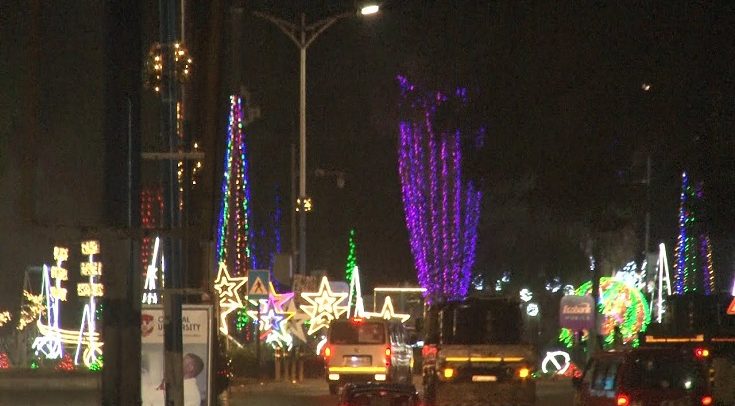

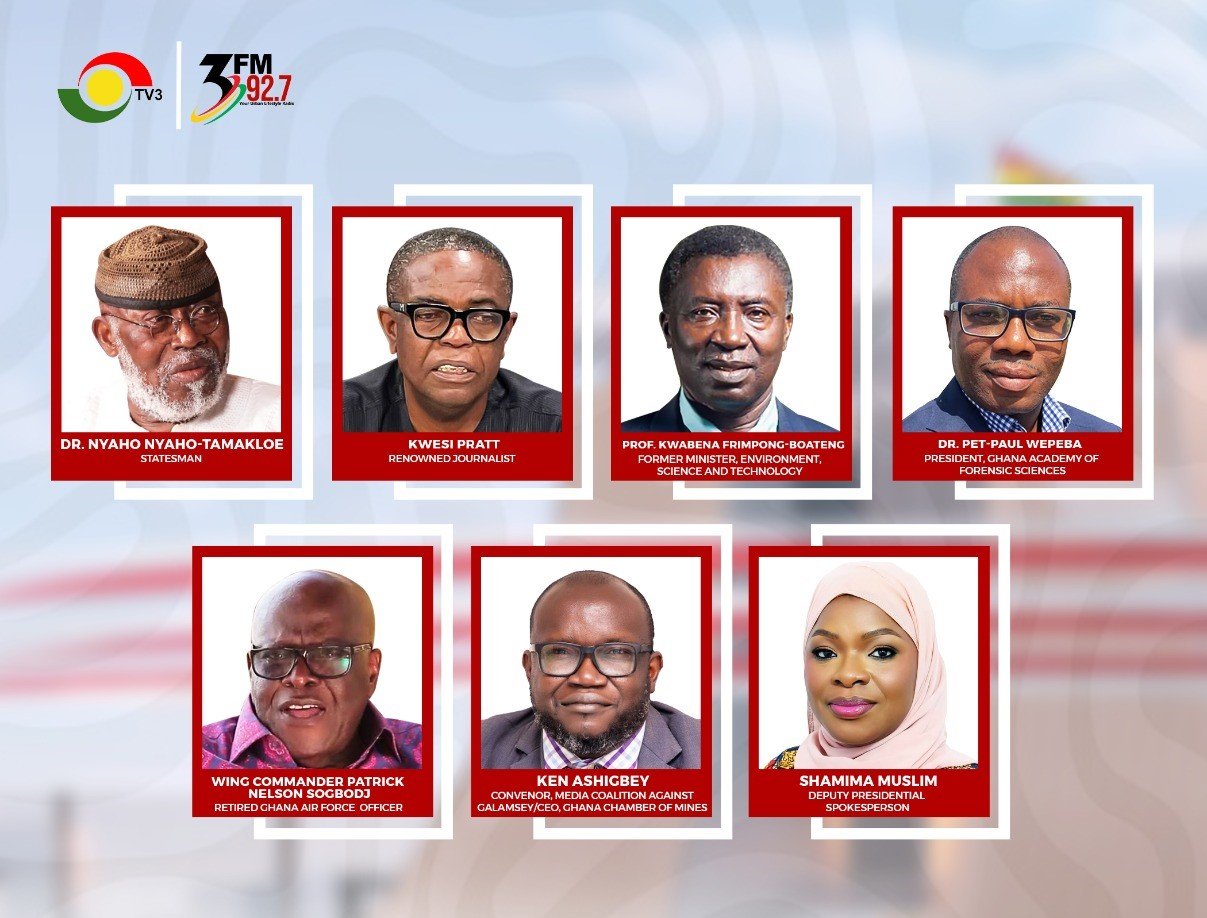

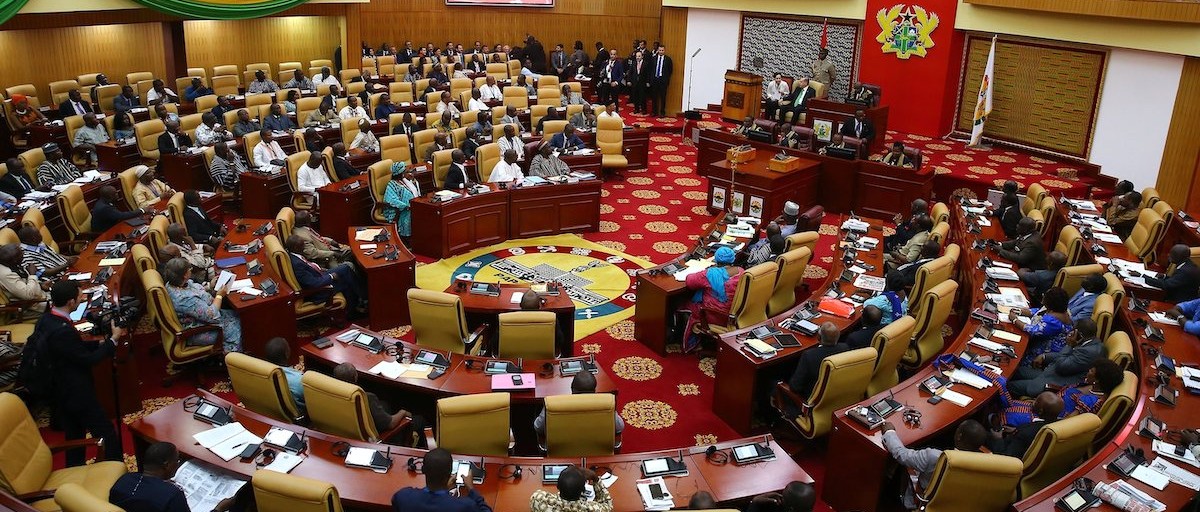

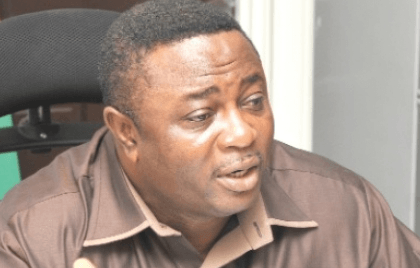
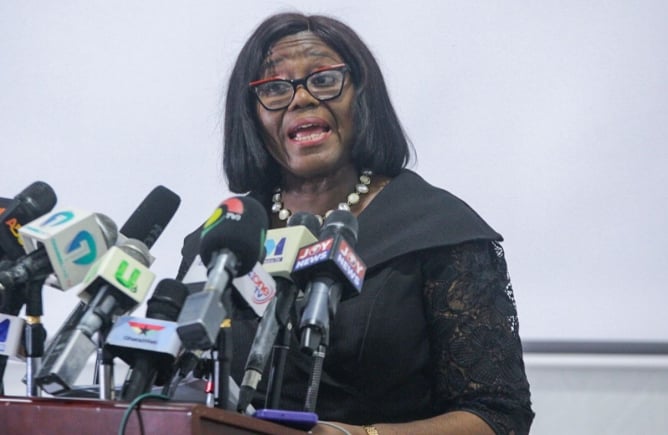



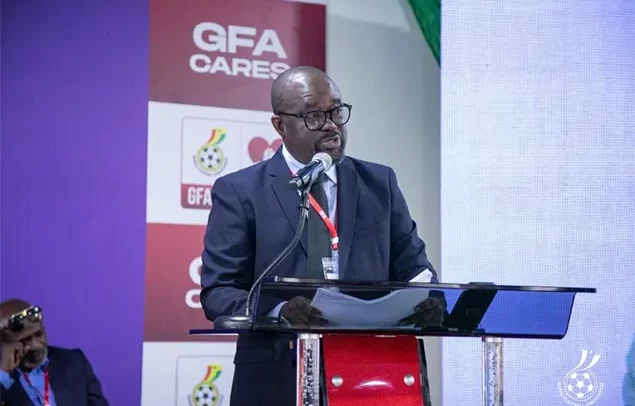
Facebook
Twitter
Pinterest
Instagram
Google+
YouTube
LinkedIn
RSS